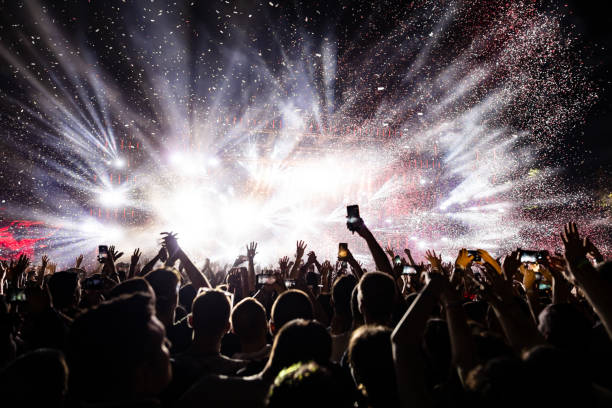Dance music is music composed specifically to facilitate or accompany dancing. It could be a stand-alone piece or part of a larger musical arrangement. In terms of performance, the two main categories are live dance music and recorded dance music.
While there are examples of dance and music being blended in the past, old-fashioned dances are the first Westerns that we can today successfully replicate. Throughout the Baroque period, noble court dances were the most popular.
Although the minuet was frequently used as the third movement in classical music, it did not accompany any dancing in this instance. The waltz appeared later in the classical era. The barcarolle, mazurka, ecossaise, ballade, and polonaise were all created during the romantic era, which also saw the creation of other patriotic dance styles such as the barcarolle, mazurka, ecossaise, ballade, and polonaise.

Late-nineteenth-century Western dance and social music impacted modern popular music. In the early twentieth century, ballroom dancing became popular among the working class, who visited public dance halls. During the 1920s, it was very popular. Swing music was the most popular in America during the Swing era, which lasted from the 1930s to the 1950s. In the 1950s, rock & roll became the most popular.
In the late 1960s, soul and R&B music became popular. The popular salsa, which is based on the Latin music genre of salsa, was created by Dominican and Cuban New Yorkers. Following the rise of disco in the early 1970s, it became popular with the general public.
By the late 1970s, electronic music was becoming increasingly popular. Electronic music is a popular kind of music that may be found at nightclubs, radio stations, live performances, and parties. Electronic dance music has spawned a slew of different subgenres. Folk dance music is distinct from historical/classical and popular/commercial music in that it is composed to support traditional dancing.
While there are early examples of dance and music being mixed (for example, dancers accompanying musicians are regularly depicted on Greek vases), the surviving medieval dances such as carols and the Estampie are the oldest Western dances that we can still reliably recreate. By about a thousand years, the oldest surviving dances predate Western staff-based music notation.
Waltzes, tangos, boleros, can-cans, minuets, salsas, several forms of jigs, and the breakdown are all instances of dances with similar names. Other dance genres include contradance, merengue (Dominican Republic), and cha-cha-cha. It’s often impossible to establish whether the music’s name or the name came first.
Also READ: Are there any movies without actors?